Barriers make it difficult for medicine to "take off"
| Closely control fraud in declaring chemicals | |
| Strengthen anti-smuggling of fake medicine and cosmetics |
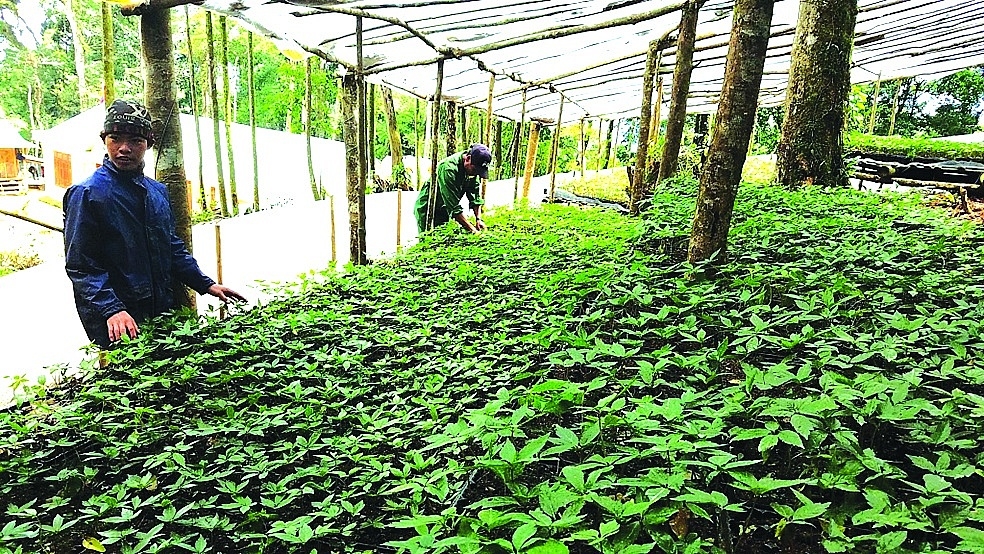 |
| Ngoc Linh Ginseng - one of Vietnam's precious medicines with high export value. Photo: Hoang Thanh |
Rich potential
Vietnam has high expectations for the development of herbal growing areas, raising the level of plants with high economic value, aiming to export billions of dollars. Many policies to support the development of the agricultural sector in general and the development of medicinal plants in particular have been promulgated by the state.
In Decision No. 1976/QD-TTg dated October 30, 2013 of the Prime Minister on the Master plan on development of medicine up to 2020 and orientation to 2030. Development orientation of 54 key medicinal species of 8 ecological zones is suitable for the growth and development conditions of medicinal plants to meet 60% of the demand by 2020 and 80% of the total domestic medicinal demand by 2030, enhancing the ability to export medicine and products from domestic medicine.
At the same time, build concentrated medicinal growing areas suitable to each ecological region, with a scale to meet market demand; strive to develop the progress and grow 60 medicinal species by 2020 and 120 medicinal species by 2030 which complies with the principles and standards of Good Cultivation and Collection of medicinal plants of the World Health Organization (GACP) - WHO).
Notably, on June 1, 2023, the Prime Minister issued Decision 611/QD-TTg in 2023 approving the Program on developing Vietnamese Ginseng until 2030, with orientation to 2045. the goal is to conserve Vietnamese ginseng genetic resources in the wild in association with forest protection and development, biodiversity conservation for forest ecosystems by 2030. Striving for the planting area of Vietnamese Ginseng to reach about 31,000 hectares by 2030 and 100% of the area of Vietnamese Ginseng to be granted a planting area code and geographical indication. By 2045, Vietnamese Ginseng strives to become an international branded commodity with high export value, creating an important source of income for localities, strive to turn Vietnam into a major ginseng producer in the world To achieve this goal, raising the value chain in the development and promotion of Ginseng is necessary and is receiving special attention from ministries, branches and localities.
These will be the premise for planning and developing the source of our country's medicine in the coming time to meet the demand of domestic production. On that basis, many localities and enterprises have invested in growing medicinal plants.
Sharing with reporters about the development of medicinal plants of TH Group, Mr. Trinh Hien Trung, General Director of TH Herbals Pharmaceutical Joint Stock Company, said that Vietnam had great potential for medicinal plants but had not been exploited yet thoroughly. On the basis of this situation, the company had an approach of combination Vietnam's natural and intellectual resources with world science and technology. Therefore, TH Group had invited professors and scientists from leading universities in the world such as the UK, USA and Israel to visit the medicinal regions of Vietnam directly. Then, based on their advice and orientation, TH would develop medicinal plants.
Mr. Vu Van Tam, Chairman of Vu Gia Pharmaceutical Co., Ltd. shared that the company had built Camellia Park in Ninh Binh into a place to preserve all varieties of Vietnamese Camellia. Camellia was only available in Vietnam and China, and was considered a precious medicinal herb with very good effects on human health.
“We want to preserve all Vietnam's Camellia species, to develop into a raw material production area. Taking revenue from trade to serve conservation. There, Camellia lovers, domestic and international scientists can visit, exchange and learn”, emphasized Mr. Vu Van Tam.
Difficult to "take off"
Although many policies have been issued to develop the medicinal economy, this "gold mine" has not been properly exploited because of limitations and difficulties in the process of growing, processing, and developing products.
According to Mr. Vu Van Tam, in order to preserve this rare flower, the company must cooperate with people and hire people to grow medicinal plants. Having to invest a lot of capital and resources in remote areas, the investment rate was much higher than in the lowlands. Meanwhile, the government's policies with the issued documents were very general, making it very difficult for enterprises to access capital.
Dr. Vu Van Thoai, Chairman of the Scientific Council of the Research Institute of Sandalwood and Rare Plants pondered: “If enterprises want to get a bank loan to invest in growing medicinal plants, they must be licensed by the province. They grow trees on their own land, the varieties are allowed by the Ministry of Agriculture and Rural Development, but they still have to go to the province for permission. For example, we had to abandon a project in Phu Yen because it took 6 months to complete the licensing procedures. The license to grow medicinal plants requires the signatures of 8 departments, then submit to the Chairman of the Provincial People's Committee to sign”.
Sharing about the difficulties of TH Group, Mr. Trinh Hien Trung said that doing the medicinal business was the story of producing and selling products to the market, making a profit, so the participation of enterprises was very important. However, there are a lot of difficulties faced by enterprises. That was the lack of information about the strength of Vietnam's medicinal development, the expected output of the world, which markets were high demand… At the same time, investment costs, especially investment costs in remote areas with higher rates would be more difficult and risky. Investment in deep processing also needed infrastructure for electricity, water, storage… These are the limitations that are preventing enterprises from developing medicinal plants in Vietnam, which should be removed by the Government and ministries and branches soon.
In addition, according to experts, the demand for medicine in the domestic market as well as export is very large, but the total export value of Vietnamese herbs is estimated at US$ 400 million /year. One of the reasons that Vietnamese medicinal herbs only have a very small market share in the global medicinal market is that most of Vietnamese medicinal herbs are exported in the form of raw materials, lacking core technology for medicinal processing, especially extraction technology. In addition, export products with strengths such as: cinnamon, anise, cardamom, turmeric, rosemary... are still fragmented, small-scale under working at one’s own discretion and preference.
Related News

To open the door for industrial processing and manufacturing products to demanding markets
08:54 | 11/11/2024 Import-Export

What are the barriers to exports to the US?
10:15 | 14/08/2024 Import-Export

List of imported and exported medicine and medicinal ingredients identified commodity codes
10:11 | 23/06/2024 Regulations
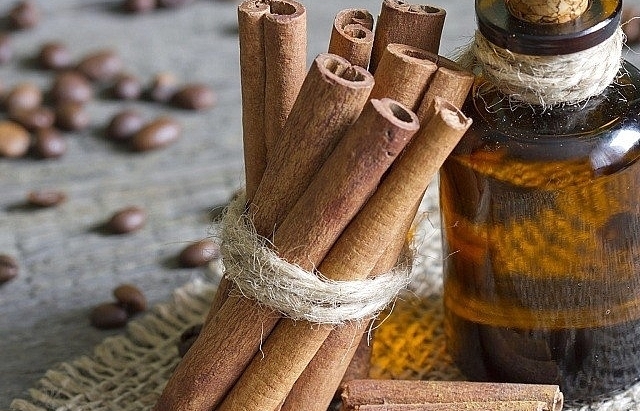
Hundreds of tons of cinnamon essential oil are left in inventory due to export regulations
09:31 | 10/04/2024 Regulations
Latest News

Embracing green exports: a pathway to enter global supply chains
10:33 | 20/02/2025 Import-Export

New policy proposed to prevent transfer pricing, tax evasion of FDI enterprises
10:32 | 20/02/2025 Import-Export
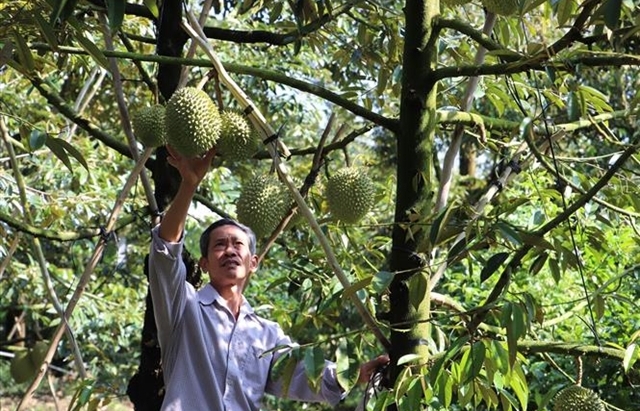
Việt Nam’s durian exports to China plummet by 80%
16:18 | 19/02/2025 Import-Export
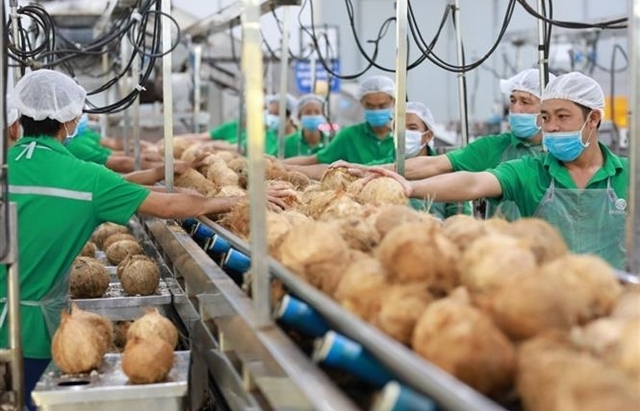
Coconut exports reach 14-year high
15:29 | 18/02/2025 Import-Export
More News

Shrimp exports grow in the first month of 2025
15:28 | 18/02/2025 Import-Export
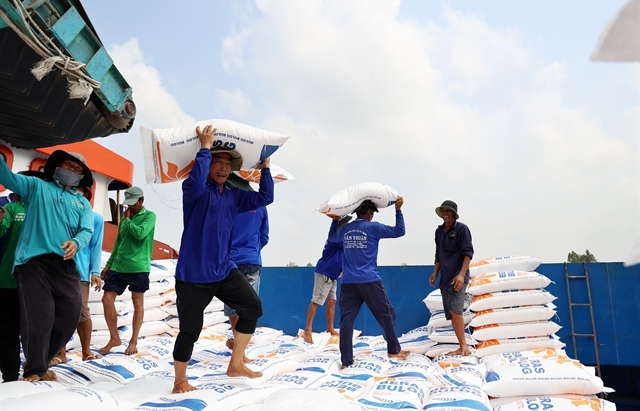
Rice export prices drop, but decline expected to be short-term
08:10 | 17/02/2025 Import-Export
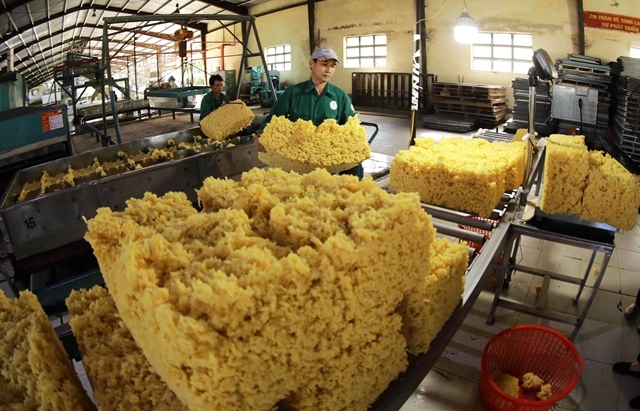
Key agro products expected to maintain export growth this year
08:08 | 17/02/2025 Import-Export
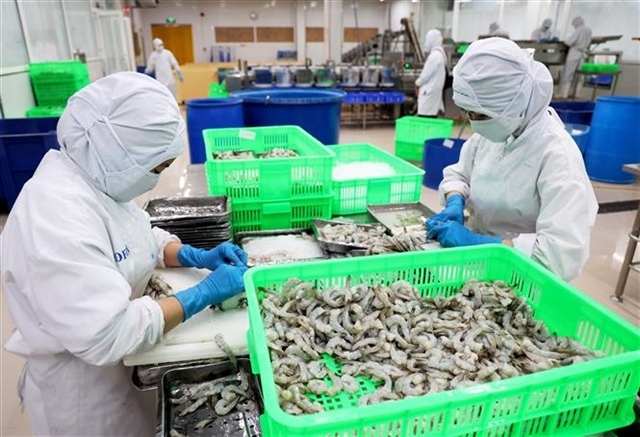
EU issues 12 warnings against Việt Nam’s food and agricultural exports
08:07 | 17/02/2025 Import-Export
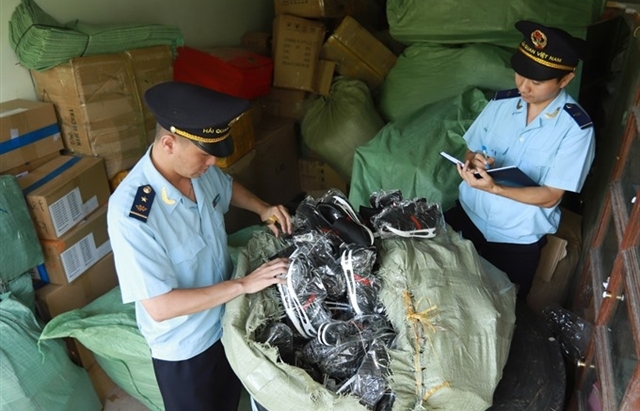
Việt Nam to impose VAT on low-value express-imported goods
08:06 | 17/02/2025 Import-Export

Exchange rate risks need attention in near future
16:31 | 15/02/2025 Import-Export
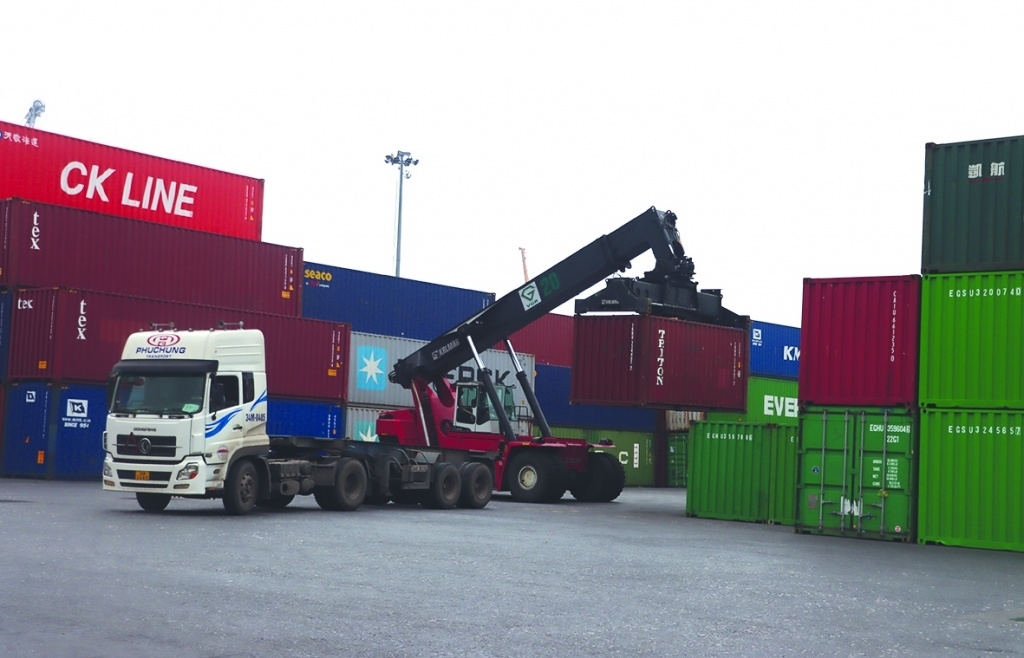
Vietnam kicked off the year with a strong start in trade, exceeding US$63 billion in the first month
16:30 | 15/02/2025 Import-Export

Import and export turnover reaches about US$29 billion in the second half of January 2025
14:52 | 14/02/2025 Import-Export

Market edges up slightly as liquidity remains low
14:48 | 14/02/2025 Import-Export
Your care

Embracing green exports: a pathway to enter global supply chains
10:33 | 20/02/2025 Import-Export

New policy proposed to prevent transfer pricing, tax evasion of FDI enterprises
10:32 | 20/02/2025 Import-Export

Việt Nam’s durian exports to China plummet by 80%
16:18 | 19/02/2025 Import-Export

Coconut exports reach 14-year high
15:29 | 18/02/2025 Import-Export
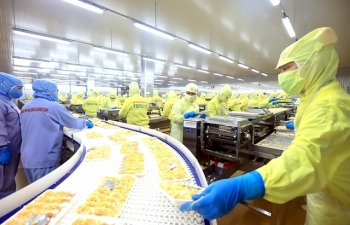
Shrimp exports grow in the first month of 2025
15:28 | 18/02/2025 Import-Export
